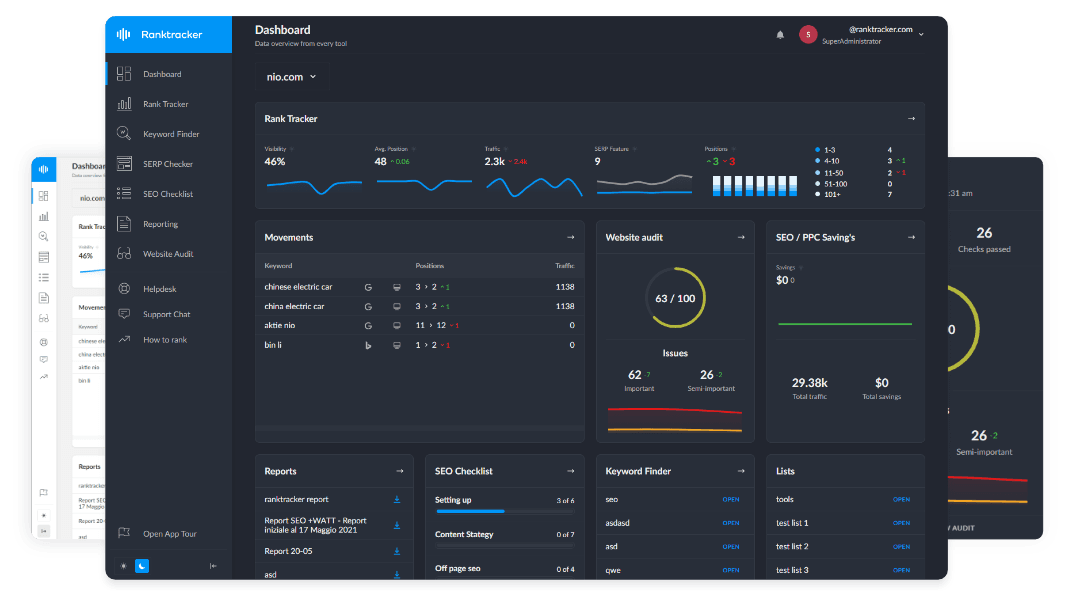Intro
The Subject-Object-Predicate (SOP) model is a fundamental structure in semantic search and natural language processing (NLP). It helps search engines like Google understand relationships between entities, improving contextual accuracy in search results.
Breakdown of the SOP Model:
- Subject: The entity performing the action (e.g., "Google").
- Predicate: The action or relationship between the subject and object (e.g., "updates").
- Object: The entity affected by the action (e.g., "its search algorithm").
Example:
- Google (Subject) updates (Predicate) its search algorithm (Object).
- Ranktracker (Subject) provides (Predicate) SEO tools (Object).
Why SOP Matters in Semantic SEO
1. Improves Search Engines' Understanding of Content
- Helps Google identify and process relationships within content.
- Enhances Knowledge Graph associations for more precise search results.
2. Strengthens Entity-Based SEO
- The SOP structure aligns with entity-based optimization.
- Google connects related concepts better, increasing topical relevance.
3. Boosts Featured Snippet and Rich Result Potential
- Well-structured SOP statements improve chances of appearing in featured snippets.
- Enhances voice search optimization, as NLP models process SOP efficiently.
How to Optimize Content Using SOP in SEO
Step 1: Identify Key Entities (Subjects & Objects)
- Use Google’s Knowledge Graph API to research recognized entities.
- Ensure content includes clear subject and object relationships.
Step 2: Use Action-Oriented Predicates
- Choose strong predicates that define relationships clearly (e.g., "Ranktracker analyzes keyword performance").
- Avoid vague or ambiguous phrasing.
Step 3: Implement SOP Structure in Content
- Optimize headings and subheadings using SOP.
- Write concise, structured sentences that highlight key relationships.
- Use bullet points or tables for clarity.
Step 4: Strengthen SOP Relationships with Schema Markup
- Implement structured data (Schema.org) for enhanced search understanding.
- Use Article, Organization, and FAQ Schema to define relationships explicitly.
Examples of SOP in SEO Content
Blog Content Example:
Sentence: "Ranktracker provides real-time SERP analysis."
- Subject: Ranktracker
- Predicate: provides
- Object: real-time SERP analysis
FAQ Schema Example:
Question: "How does Ranktracker improve SEO rankings?"
- Subject: Ranktracker
- Predicate: improves
- Object: SEO rankings
Conclusion: SOP as a Core Element of Semantic SEO
The Subject-Object-Predicate model plays a vital role in search engine comprehension, entity-based SEO, and structured content. By optimizing SOP structures, websites can improve rankings, gain more visibility in rich results, and enhance overall search relevance.
For expert SEO tools and insights, explore Ranktracker’s advanced SEO solutions and stay ahead of search trends!

